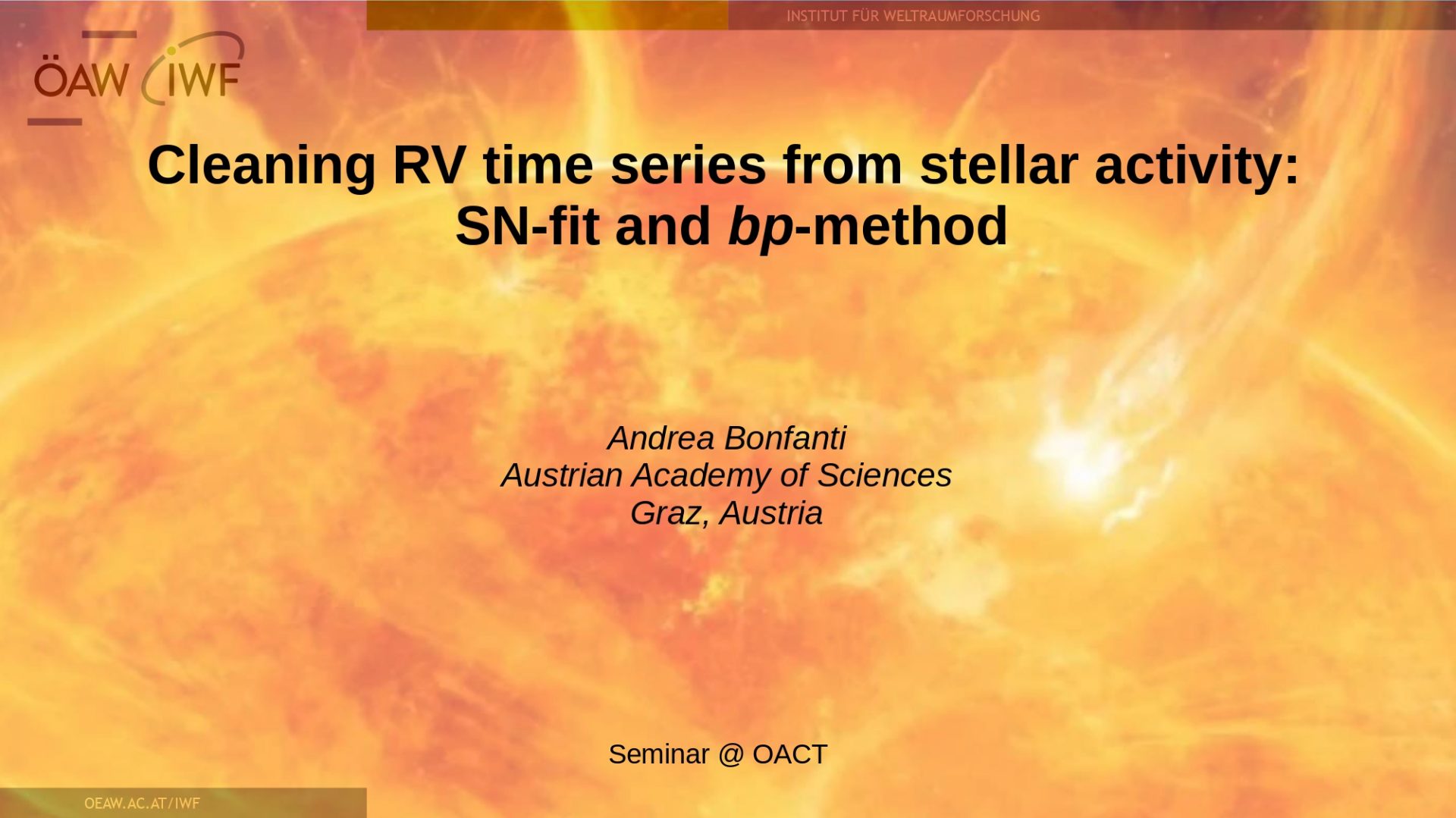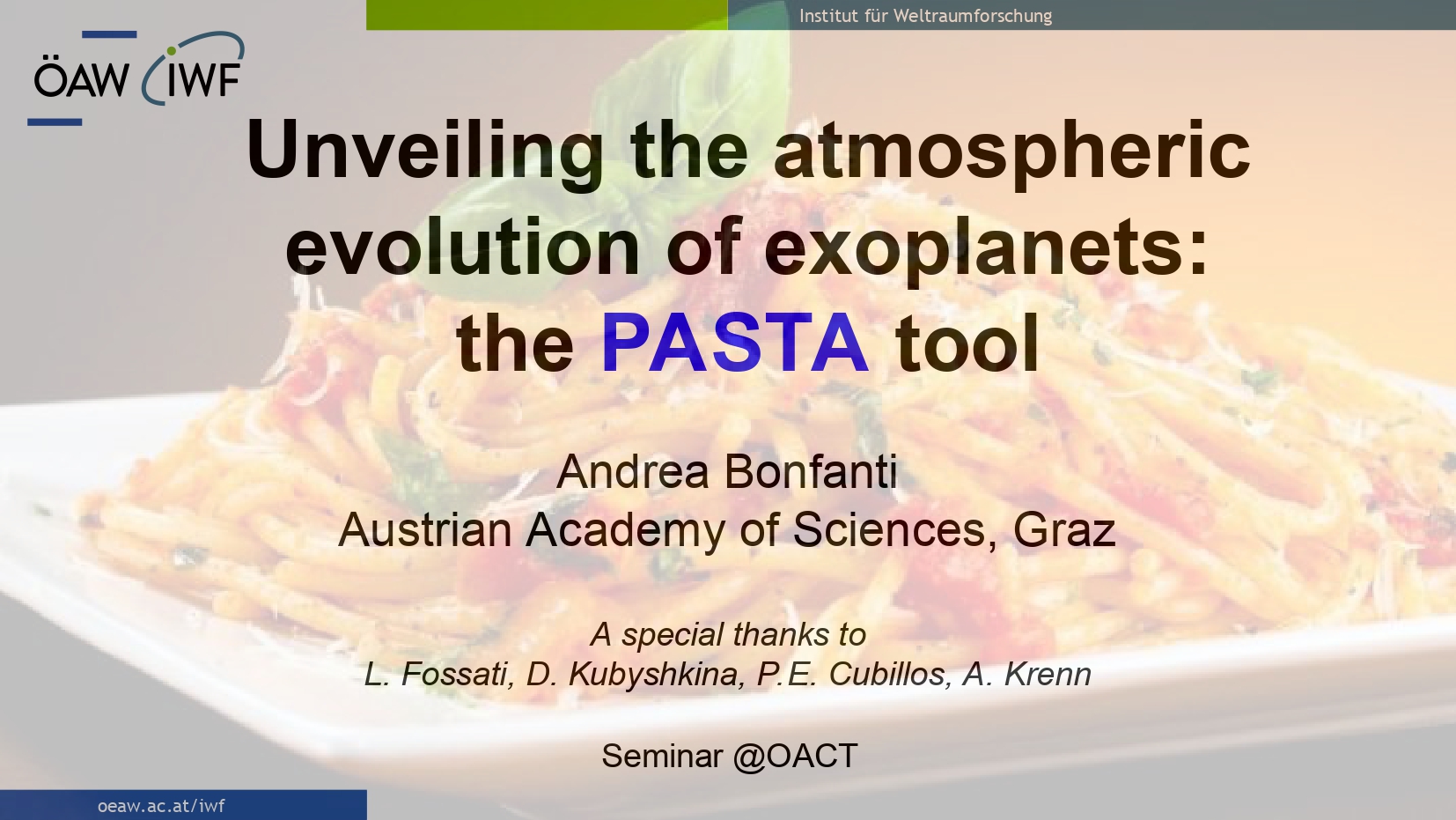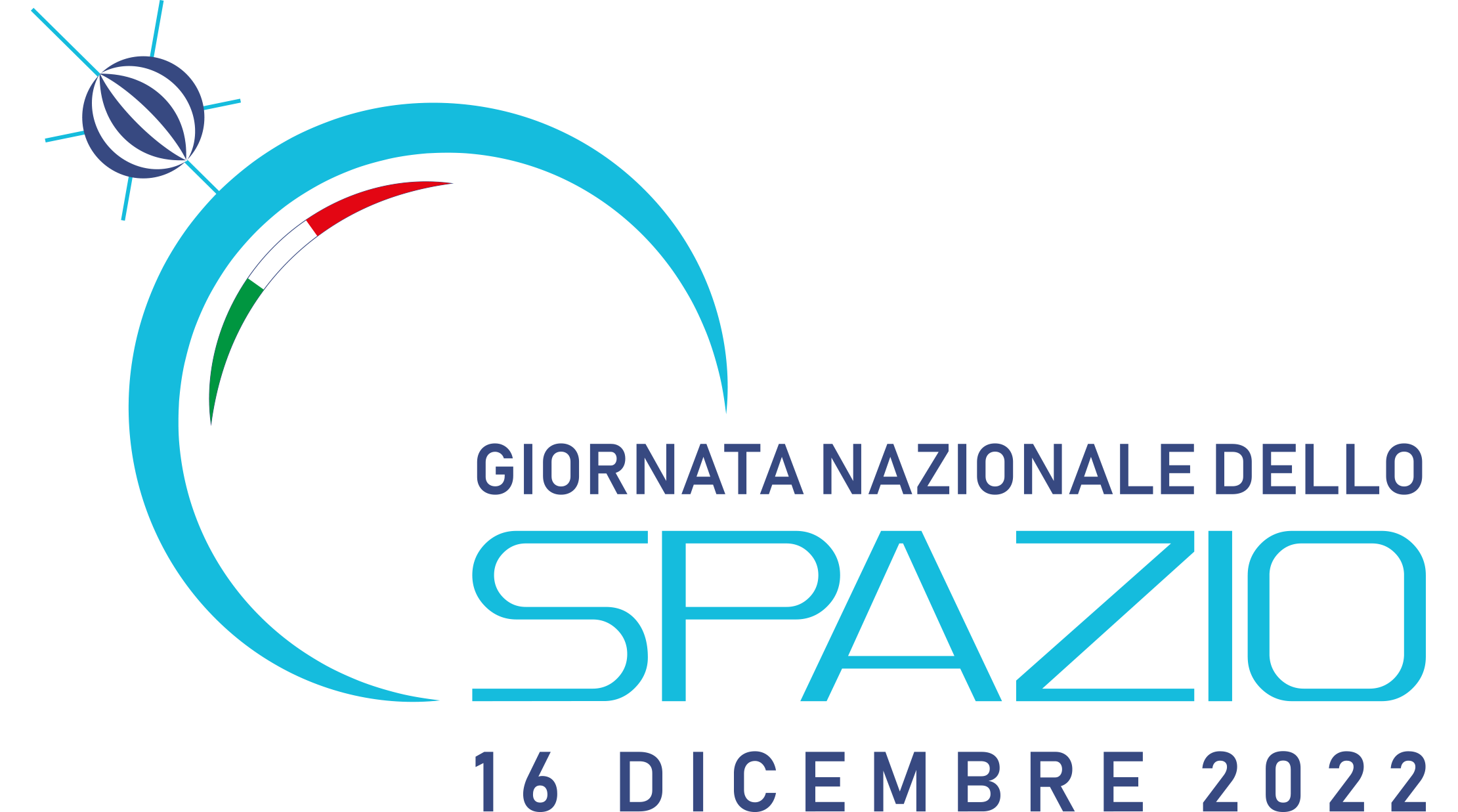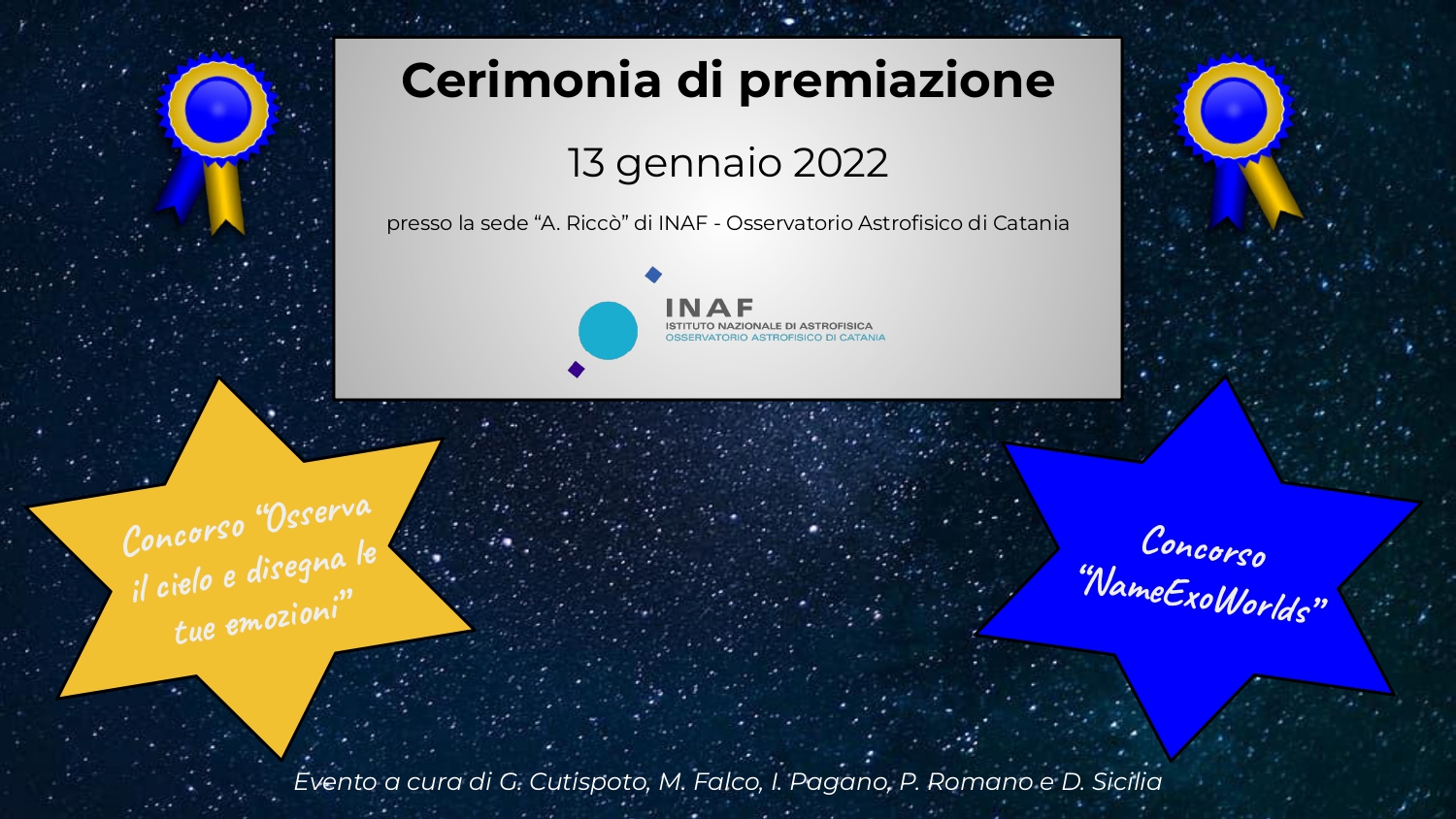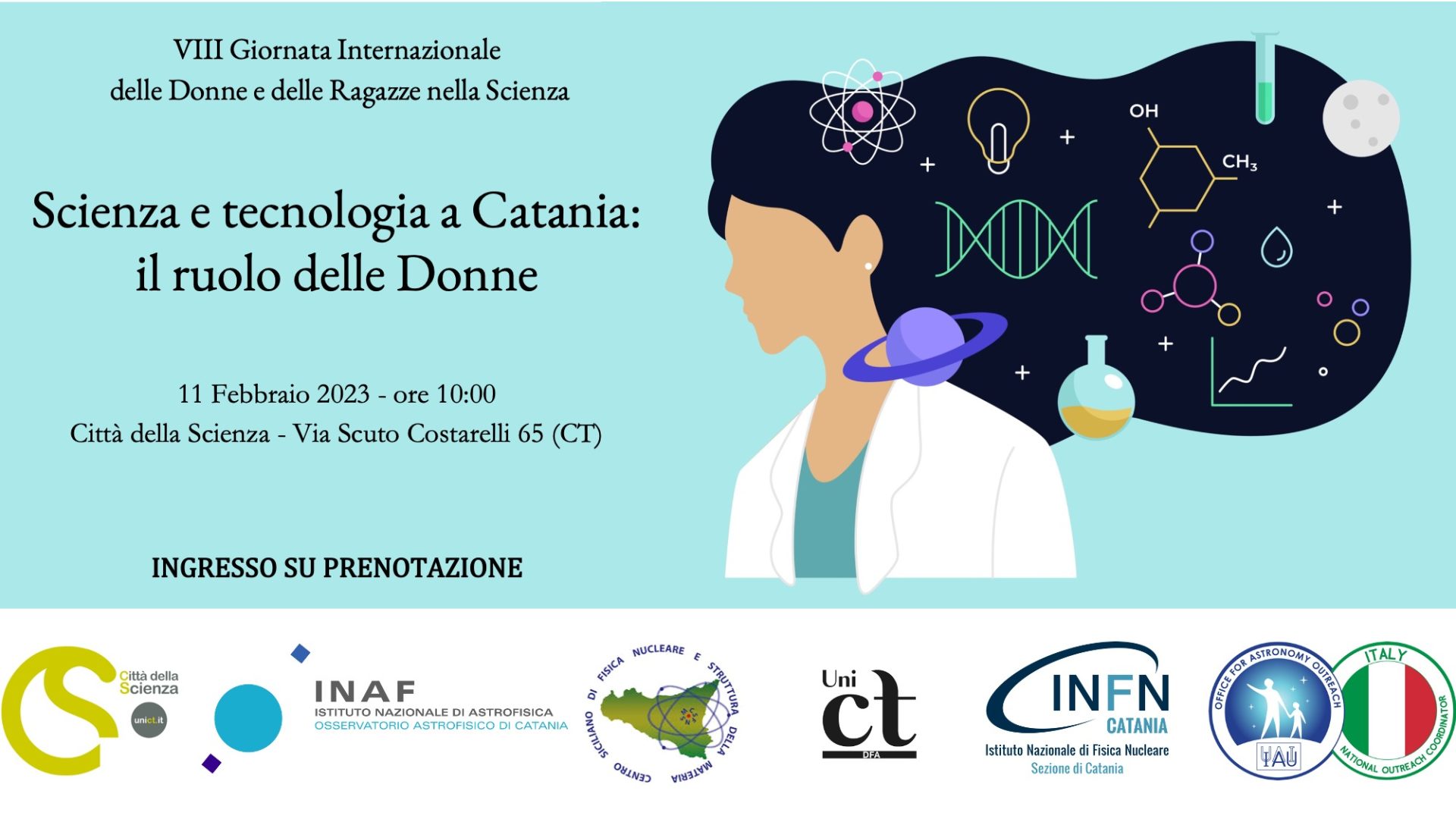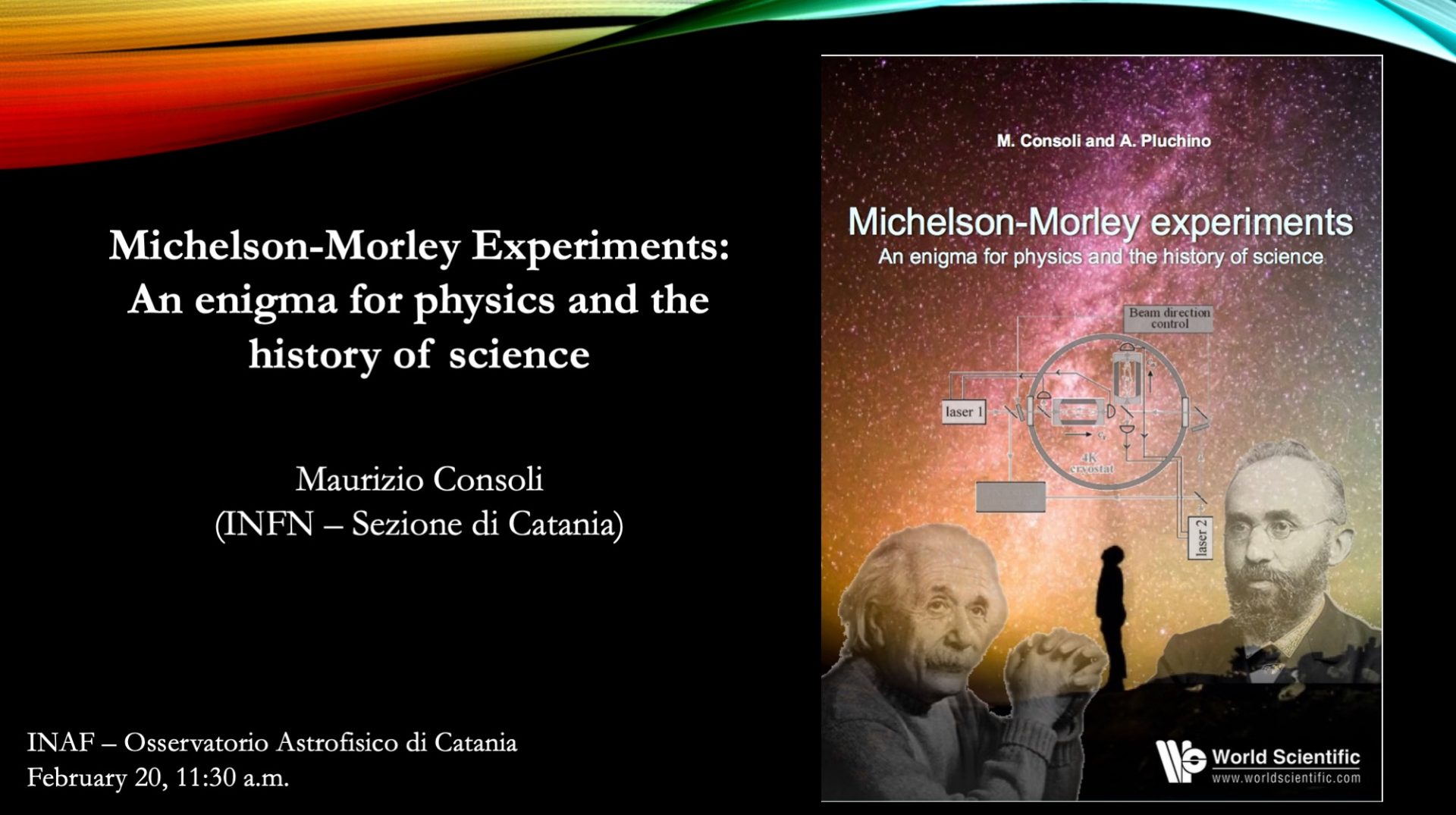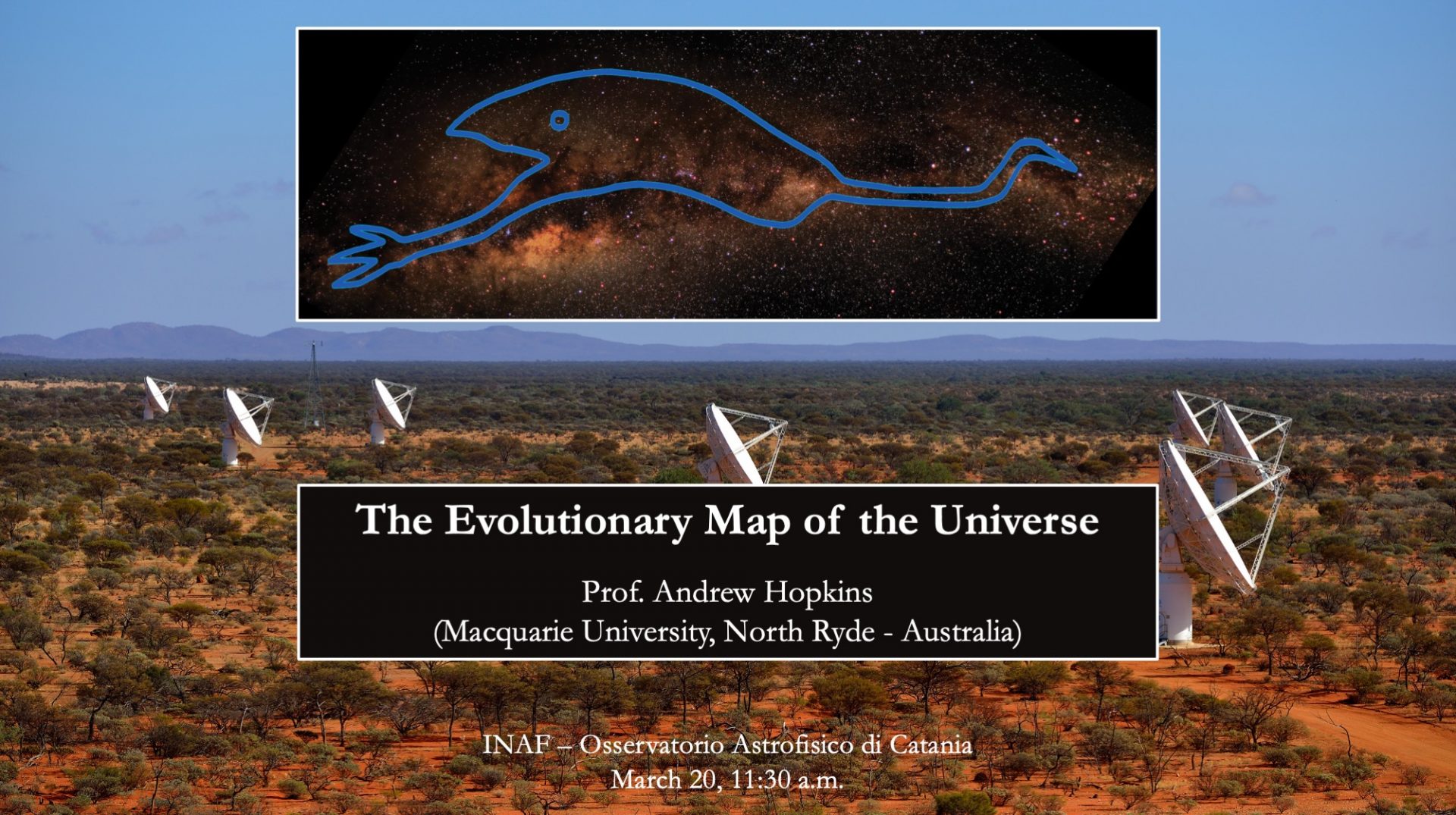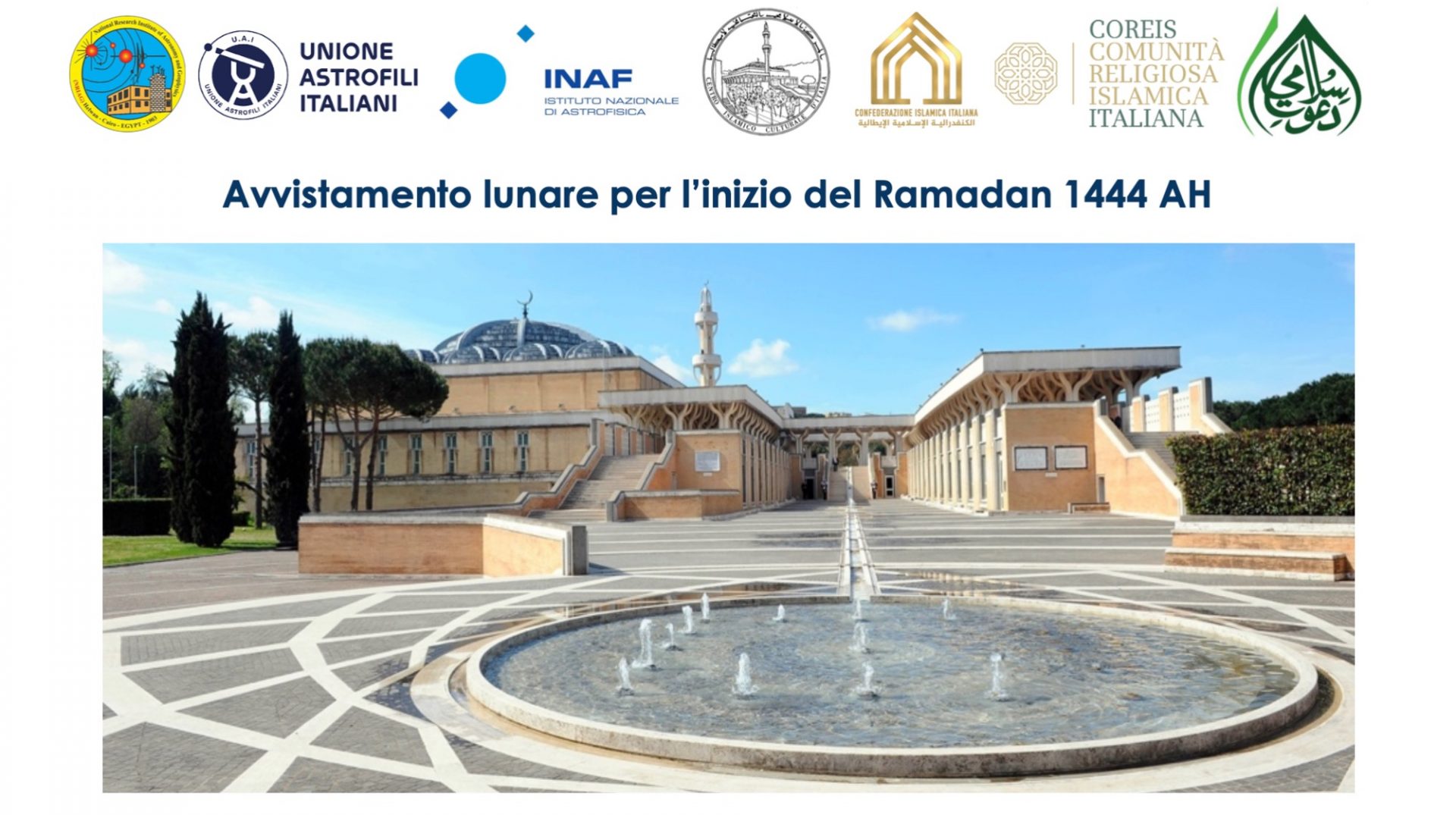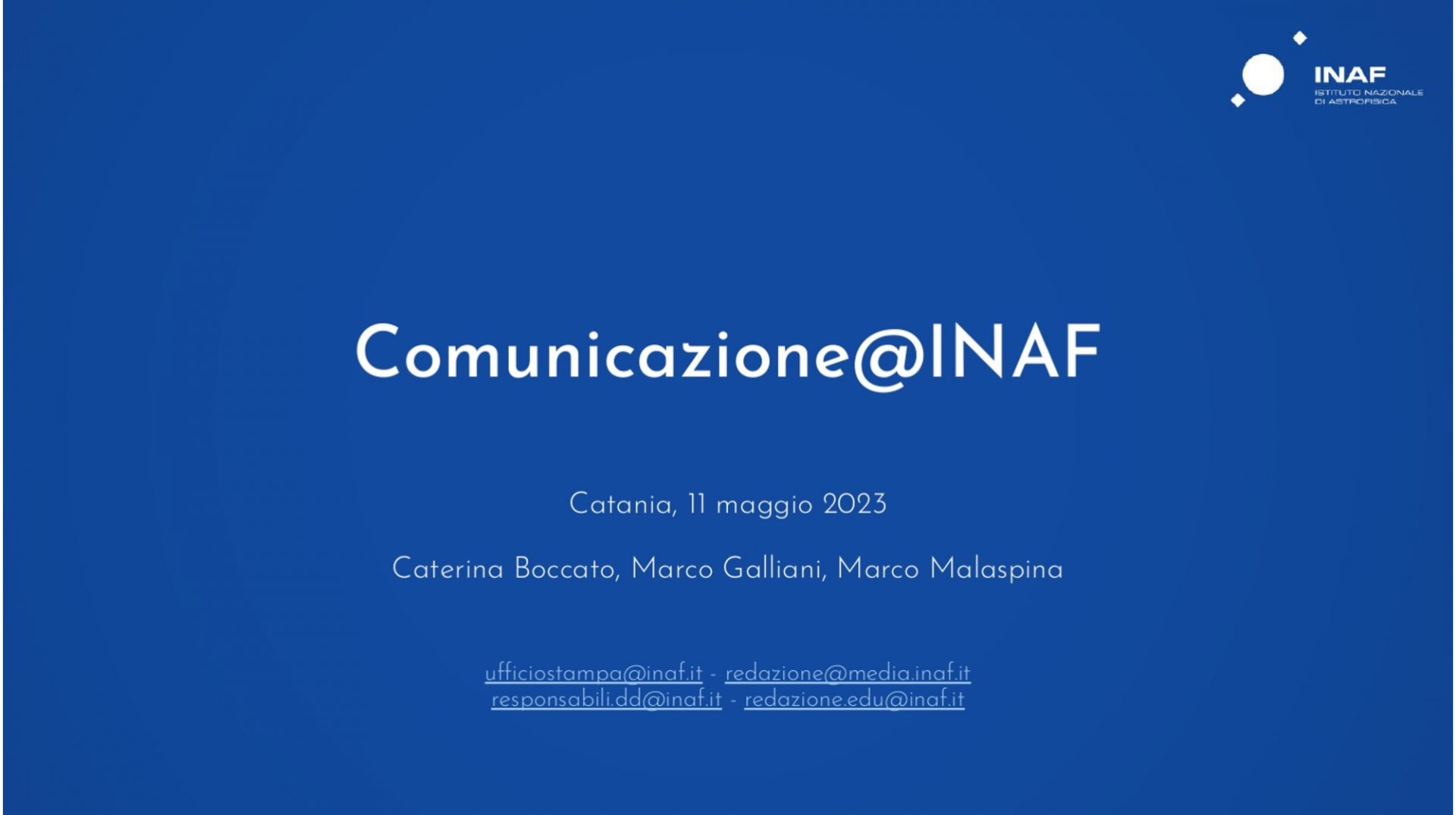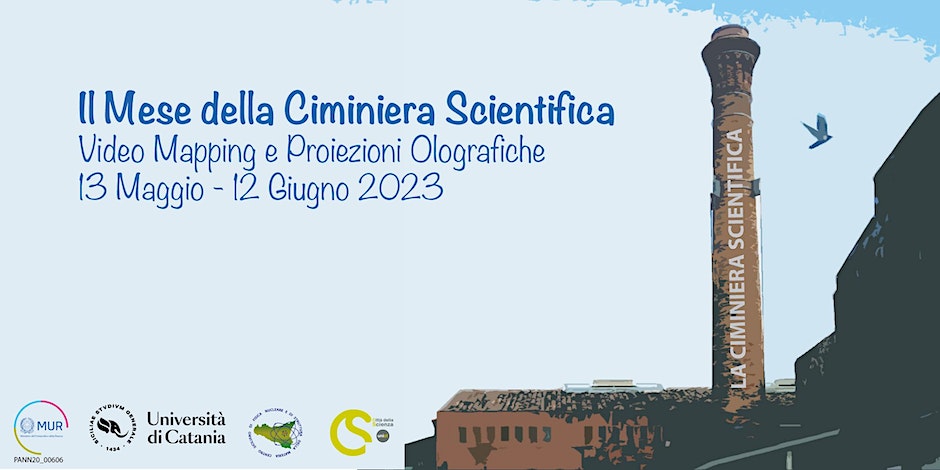La terza missione sta diventando sempre più cruciale per enti di ricerca e atenei, in particolare tutte quelle attività che vanno sotto il nome di Public Engagement o, se preferite, Comunicazione nel senso più ampio del termine. Attività che vedono coinvolti sempre più ricercatori e ricercatrici in prima persona. In questo incontro vorremmo fornirvi alcuni strumenti per orientarvi al meglio e per collaborare secondo le attitudini e le aspirazioni di ciascuno di voi, ma anche dirvi com’è articolata la Struttura per la comunicazione dell'INAF. Ma, soprattutto, vorremmo dare risposta alle tante domande che spesso ci ponete: cosa si intende per press release, news, conferenza stampa, embargo, comunicato congiunto, virgolettato e cose simili? A chi vi rivolgete? Cosa posso raccontare a bambini e bambine di sei anni? Perché a volte avete così fretta di contattarmi mentre sono impegnato in un meeting o una call? Perché non mi hanno accettato al festival della scienza? E, soprattutto, perché parlate di qualunque cosa tranne che delle mie ricerche?
